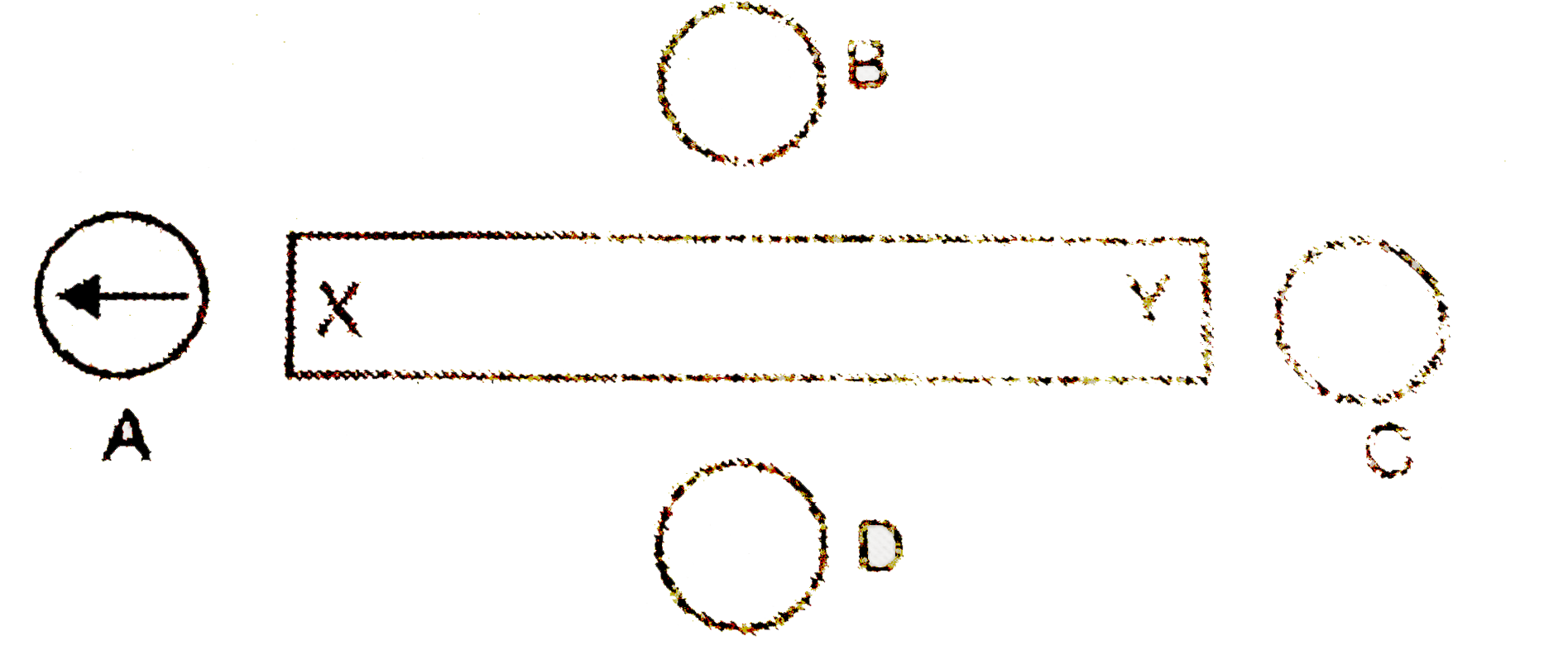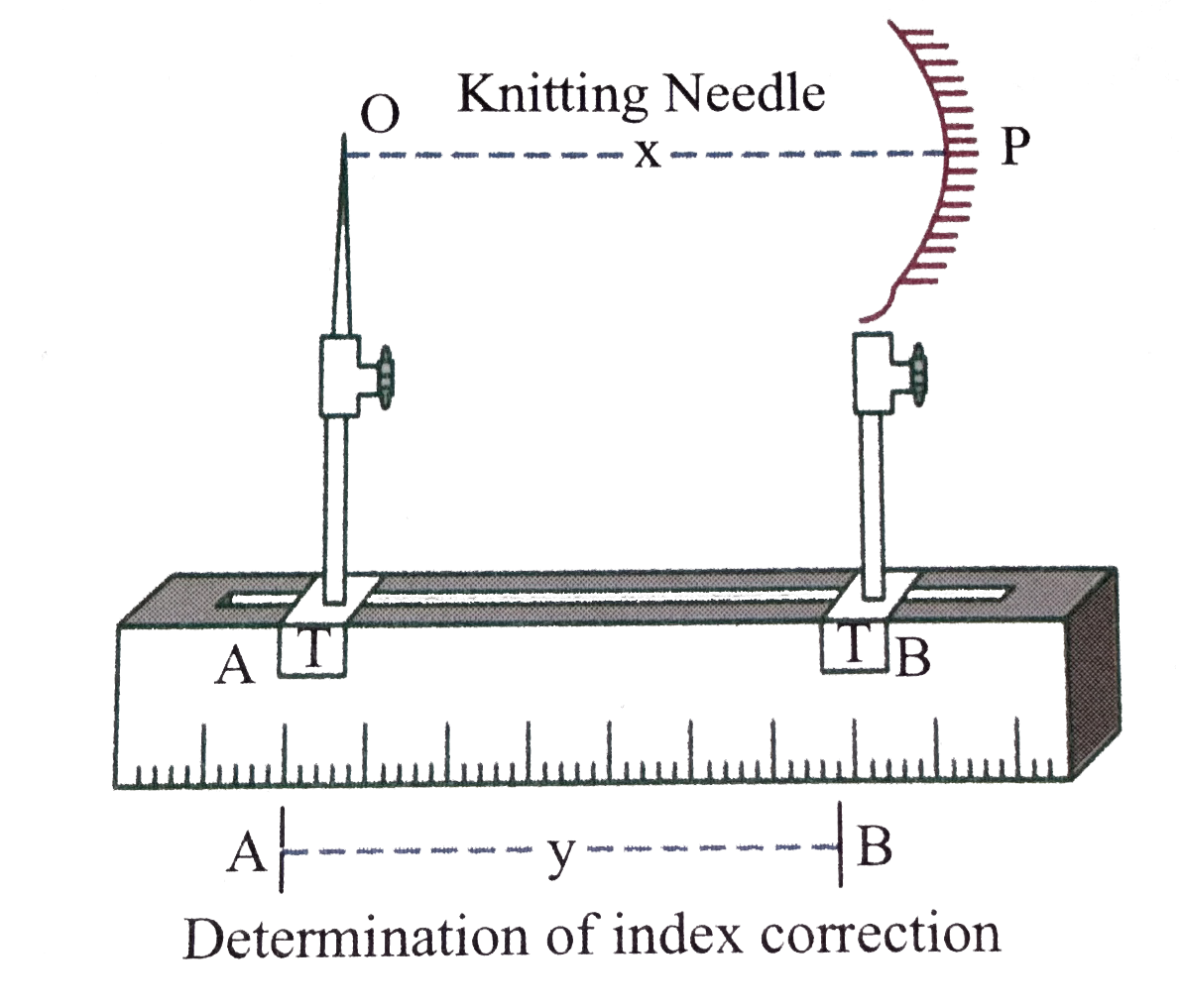Error due to non-removl of parallax between pointer and its image in case of magnetic compass needle causes_____.
instrumental error
persistant error
personal error
random error
The correct Answer is:c
Step by step video, text & image solution for Error due to non-removl of parallax between pointer and its image in case of magnetic compass needle causes_____. by Physics experts to help you in doubts & scoring excellent marks in Class 11 exams.
Updated on:21/07/2023Topper's Solved these Questions
- MEASUREMENTSBOOK - TARGET PUBLICATIONCHAPTER - MEASUREMENTSEXERCISE - CLASSICAL THINKING( MISCELLANEOUS)
1 Videos
- MEASUREMENTSBOOK - TARGET PUBLICATIONCHAPTER - MEASUREMENTSEXERCISE - CRITICAL THINKING (UNITS OF MEASUREMENTS)
1 Videos
- MEASUREMENTSBOOK - TARGET PUBLICATIONCHAPTER - MEASUREMENTSEXERCISE - CLASSICAL THINKING( ORDER OF MAGNITUDE AND SIGNIFICANT FIGURE)
9 Videos
- MAGNETISMBOOK - TARGET PUBLICATIONCHAPTER - MAGNETISMEXERCISE - MCQs
150 Videos
- RAY OPTICSBOOK - TARGET PUBLICATIONCHAPTER - RAY OPTICSEXERCISE - EVALUATION TEST
14 Videos
Similar Questions
Which is more powerful between a magnetic compass needle and a bar magnet ?
View SolutionA convex lens is placed over a plane mirror. A pin is now positioned so that there is no parallax between the pin and its image formed by this lens-mirror combination. How can this observation be used to find the focal length of the convex lens? Give appropriate reasons in support of your answer.
View Solution
Knowledge Check
In u−v method for finding the focal length of a concave mirror. The mirror is fixed at position A marked 20.0cm on an optical bench and an object needle is placed at position B marked 45.0cm on an optical banch. For no parallax between object needle and image needle the image needle at position C57.5cm on optical bench. Then percentage error in the measurement of focal length of the mirror is
A1.97%B3.24%C1.24%D0A ship has to reach a palce which is due est form its present position . Declination at this point is 15∘. The direction form compass needle in which it should sail is .
A75∘B15∘C105∘D165∘Choose the correct alternative corresponding to the object distance 'u', image distance 'v' and the focal length 'F' of a converging lens from the following .
The average speed of the image as the object moves with the uniform speed from distance 3F4 to F2 is greater than the average speed of the image as the object moves with same speed from distance F2toF4
The minimum distance between a real object and its real image in case of a converging lens is 4F where F is its focal length.Aboth are correctBboth are incorrectC(i) is correct , (ii) is incorrectD(i) is incorrect , (ii) is correct
A convex lens of focal length 15cm, and a concave mirror of radius of curvature 20cm are placed co-axially 10cm apart. An object is placed in front of convex lens so that there is no parallax between the object and its image formed by the combination. Find the position of the object.
View SolutionChoose the correct alternative corresponding to the object distance 'u', image distance 'v' and the focal length 'F' of a converging lens from the following.
(i) The average speed of the image as the object moves with uniform speed from distance 3F4 to F2 is greater than the average speed of the image as the object moves with same speed from distance F2 to F4
(ii) The minium distance between a real object and its real image in case of a converging lens is 4F where F is its focal length.
View Solution(a) The diagram shows a bar magnet surrounded by four potting compasses. Copy the diagram and mark in it the direction of the compass needle for each of the case B, C and D.

(b) Which is the north pole, X or Y ?
View SolutionTo find index error v when the same knitting needle is adjusted between the pole and the image needle the separation between the indices of image needle and mirror was found to be 19.9cm Index error for v is .
View SolutionIn u−v method, we require the distance between object or image from the pole (vertex) of the mirror (actual distance). But practically we measure the distance between the indices A and B. (Observed distance). Which need not exactly co-inside with object and pole, there can be a slight mismatch called index error, which will be constant for every observation.

Index error=Observed distance-Actual distance(Just like zero error in screw guage, it is the excess reading).
To determine index error, mirror and object needle and placed at arbitary position. For measuring actual distance, a knitting needle is just fitted between the pole of mirror and object needle O. The length of knitting needle will give the actual object distance while the seperation between indices A and B at that instant is the observed distance.
So index error is-
e=Observed distance-Actual distance
= Separation between indices A and B- Length of knitting neddle once we get e, in
every observation, we get
Actual distance=Observed distance (separation between the indices)- Excess reading(e) There is an another term, Index corraction which is invert of index error.
Index correction=-index error
To find index error for v, when the same knitting needle is adjusted between the pole and the image needle, the separation between the indices of image needle and mirror was found to be 19.9cm. Index error for v is
View Solution
